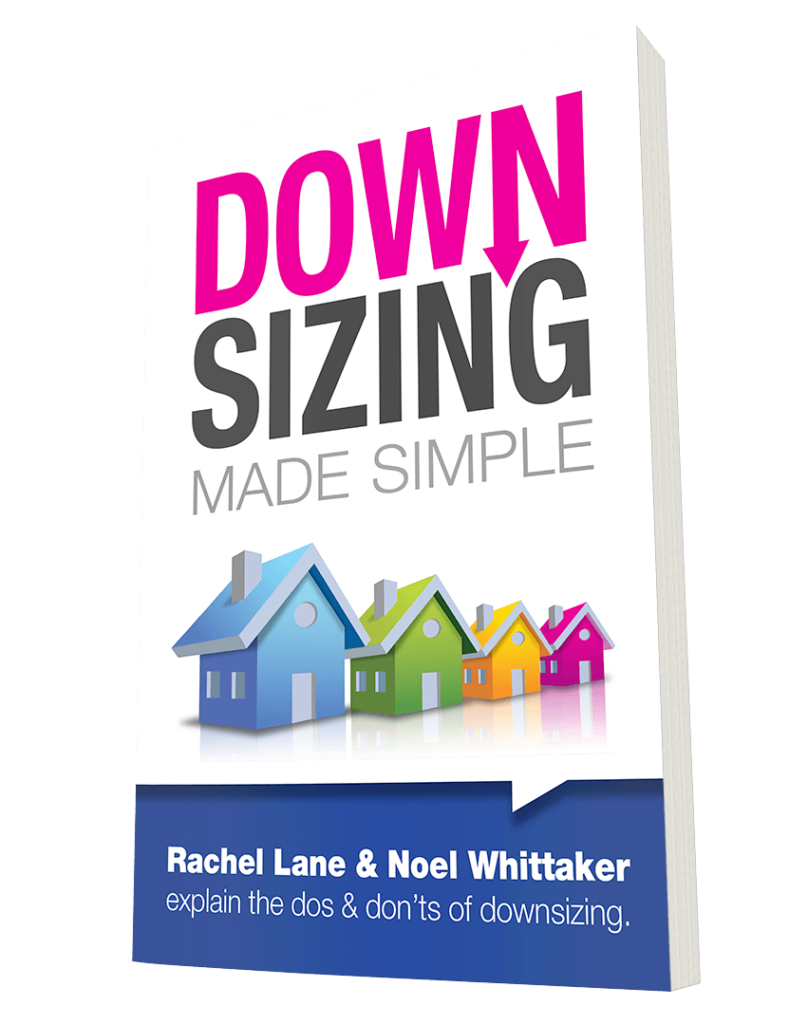Superannuation’s so-called ‘death tax’ is a topic that’s sparked a lot of interest. However, its complexities and the ways to mitigate it are often not clear to many. Let’s delve deeper into what this tax is and how one can potentially work around it.
A brief on superannuation components
In layman’s terms, your superannuation balance comprises a taxable component and possibly a tax-free component. The taxable chunk comes from contributions where someone, typically the employer, has claimed a tax deduction. This includes all the earnings of the fund. On the other hand, the tax-free part arises from non-concessional contributions, made with after-tax money.
When the unfortunate happens, and you pass away, any taxable amount left to a non-dependent incurs a tax of 15 per cent, along with the Medicare levy. Here, spouses or partners are always deemed dependents, but this doesn’t extend to independent adult offspring.
Circumventing the tax
There are various ways to sidestep this tax. A straightforward method is for the fund member to extract the balance tax-free before their demise and transfer it to their bank. With age, some people might lose their ability to handle such transactions, making an enduring power-of-attorney essential for estate planning. This legal provision allows the attorney to withdraw and deposit funds on your behalf.
Yet, there are alternative strategies to bypass the tax without withdrawing the entire balance. One increasingly popular method is the re-contribution strategy: you withdraw a portion of your super and then pour it back into the fund.
Consider the case of Jack and Jill, a couple in their late 60s. Jack has $900,000 in super, while Jill has none. On checking the composition of Jack’s super, $700,000 was taxable, and $200,000 was non-taxable. Upon their advisor’s recommendation, Jack took out $660,000 and then re-contributed half to his fund and half to a new one for Jill, both as non-concessional contributions. It’s key to remember that these contributions don’t attract entry tax.
A quick look at Jack’s super balance dynamics:
Before withdrawing, 78% of his balance was taxable and 22% was tax-free. Thus, the $660,000 he pulled out mirrored this ratio.
After his re-contribution, the balance comprised $385,000 tax-free and $185,000 taxable. This approach slashed his taxable component from a whopping $700,000 to a mere $185,000. Jill’s starting balance was entirely tax-free.
Remember, any earnings on both fund balances will increment the taxable component. As years roll on, this taxable segment will inevitably rise in both accounts.
Additionally, anyone can now add to their superannuation till they’re 75, without having to pass the work test, provided the fund balance on June 30 of the last financial year is under $1.9 million. The re-contribution strategy can be repeated after three years to further decrease the taxable component.
A word of caution
Before leaping into these tactics, it’s paramount to seek expert advice. There might be underlying estate planning issues, and the bring-forward rule can be intricate, possibly leading to penalties if misunderstood. Nonetheless, when executed right, these strategies can save substantial amounts in tax. It’s undoubtedly worth exploring further.
As a financial expert and author of Downsizing Made Simple, I always advocate for staying informed about changes that directly affect your financial well-being.
Stay tuned for more updates and tips on how you can navigate these changes effectively.
- Advice given in this article is general in nature and is not intended to influence readers’ decisions about investing or financial products. They should always seek their own professional advice that takes into account their own personal circumstances before making any financial decisions.
The original article featured in the Sydney Morning Herald on 1 August 2023







